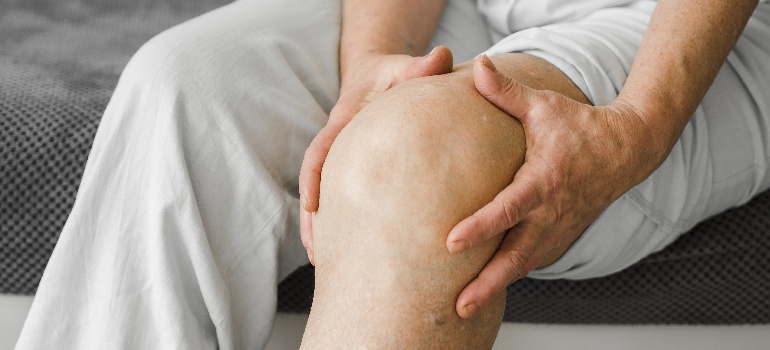Osteoarthritis (OA) is a degenerative joint disease that affects millions of people worldwide. Treatment pathways for OA range from traditional methods to cutting-edge approaches, and the choice of treatment depends on factors like the severity of the condition, the patient’s age, overall health, and personal preferences. Here’s a comparison of traditional and cutting-edge treatment options for osteoarthritis:
Traditional Treatment Approaches:
1- Pain Medication: Nonsteroidal Anti-Inflammatory Drugs (NSAIDs): These are commonly used to reduce pain and inflammation. Acetaminophen: Used to manage pain, but it does not have anti-inflammatory properties.
2- Physical Therapy: Physical therapists design exercise programs to strengthen muscles, improve joint flexibility, and reduce pain. This approach aims to improve joint function and reduce the load on the affected joint.
3- Weight Management: Maintaining a healthy weight is crucial to reduce the strain on weight-bearing joints, such as the knees and hips.
4- Assistive Devices: Braces, orthotics, and canes may be recommended to support and stabilize affected joints.
5- Corticosteroid Injections: These injections can provide short-term pain relief by reducing inflammation in the joint.
6- Visco-supplementation: Hyaluronic acid injections can improve joint lubrication and reduce pain, especially in the knee joint.
Cutting-Edge Treatment Approaches:
7- Biologic Therapies: Platelet-Rich Plasma (PRP): Involves injecting a concentrated solution of the patient’s own blood platelets into the joint to promote healing.
8- Stem Cell Therapy: The use of stem cells, often derived from the patient’s own body, to promote tissue repair in the affected joint.
9- Regenerative Medicine: Tissue engineering and regenerative approaches aim to repair or replace damaged joint tissues. This includes the use of 3D-printed implants and scaffolds.
10- Minimally Invasive Surgery: Arthroscopy: This technique involves small incisions and specialized instruments to repair or remove damaged joint tissue. Microfracture: Tiny holes are created in the bone to stimulate the growth of new cartilage.
11- Biomechanical Interventions: Joint unloading braces and exoskeletons can reduce joint load and improve mobility. Cartilage restoration techniques, such as autologous chondrocyte implantation (ACI) and matrix-induced autologous chondrocyte implantation (MACI), aim to repair cartilage defects.
12- Genetic and Molecular Therapies: Research is ongoing in the development of therapies targeting specific genes or molecular pathways involved in OA.
13- Virtual Reality and Digital Health: Virtual reality-based exercises and digital health apps can provide personalized treatment plans and monitor progress.
14- Custom Implants: 3D-printed custom joint implants are being developed to precisely match a patient’s joint anatomy.
It’s important to note that cutting-edge approaches are often in various stages of research and development. Patients should discuss these options with their healthcare providers to determine the most suitable and evidence-based treatment for their specific condition. Additionally, OA management is often multifaceted, combining several approaches for the best results.





